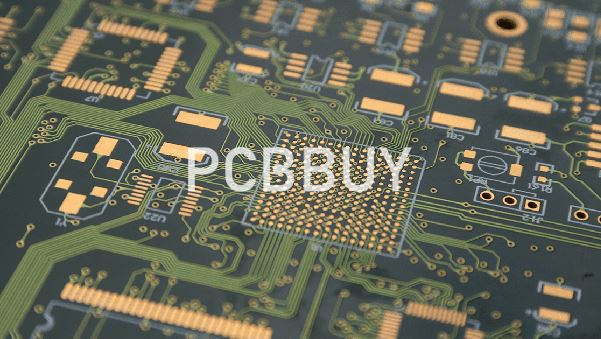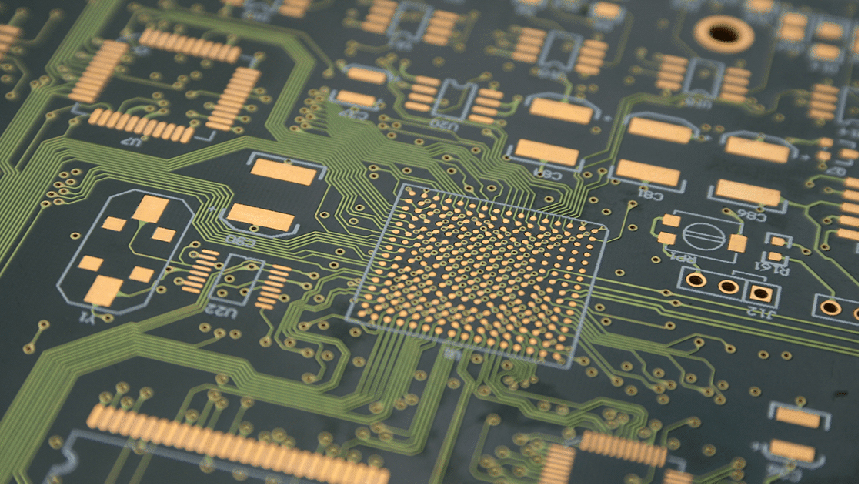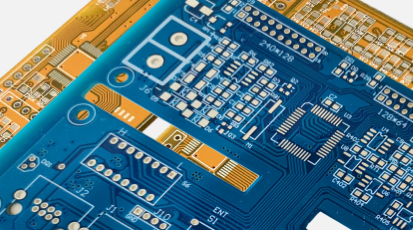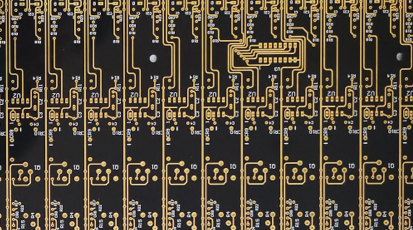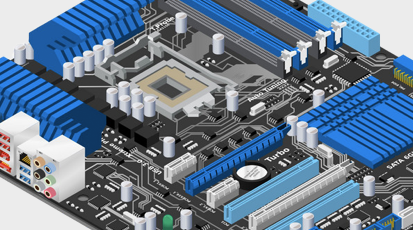By:PCBBUY
07/15/2022 14:47
Do you know the basic information of crosstalk in PCB design? If you are searching more information about crosstalk in PCB design, please check and read the content below for more professional knowledge.
PCB Instant Quote
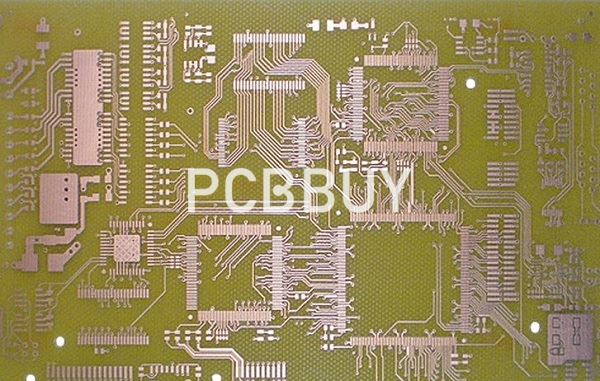
What are the causes of crosstalk?
Capacitive Coupling (Electric Field Coupling):
When a voltage signal changes in the aggressor trace, it creates a time-varying electric field around the trace. This field induces a parasitic voltage in adjacent victim traces through capacitance between them, leading to capacitive crosstalk.
Inductive Coupling (Magnetic Field Coupling):
A changing current in the aggressor trace generates a time-varying magnetic field, which induces a parasitic current in nearby victim traces via mutual inductance. This results in inductive crosstalk.
In most cases, crosstalk is a combination of both capacitive and inductive coupling, with their relative contributions depending on factors like trace spacing, length, and signal frequency.
Crosstalk introduces noise into the victim trace, distorting the original signal. This distortion can manifest as:
Glitches or spikes in digital signals, potentially causing incorrect logic states (e.g., a "0" being misread as a "1").
Amplitude attenuation or phase shifts in analog signals, reducing signal-to-noise ratio (SNR).
Timing errors in high-speed digital systems (e.g., setup/hold time violations in clock signals).
Crosstalk is categorized based on where the interference is measured relative to the aggressor’s signal source:
Near-End Crosstalk (NEXT):
The noise induced at the input end of the victim trace (closer to the aggressor’s signal source). NEXT is more prominent in shorter trace lengths and typically decreases as the signal propagates.
Far-End Crosstalk (FEXT):
The noise induced at the output end of the victim trace (farther from the aggressor’s signal source). FEXT becomes more significant in longer traces and high-frequency designs, as the cumulative effect of coupling increases with trace length.
Crosstalk is highly dependent on signal frequency:
At low frequencies (e.g., <100 MHz), crosstalk is minimal because the rate of signal change (dv/dt or di/dt) is slow, reducing electromagnetic field strength.
At high frequencies (e.g., >1 GHz, common in 5G, PCIe, or DDR systems), rapid signal transitions create stronger electric and magnetic fields, leading to more severe crosstalk.
As frequency increases, the wavelength of signals shortens, making traces more likely to act as antennas and exacerbating coupling.
Crosstalk intensity is strongly influenced by PCB layout parameters:
Trace Spacing: Closer traces increase capacitance and inductance between them, amplifying crosstalk. Doubling the spacing between traces can reduce crosstalk by ~6 dB (a factor of 2).
Trace Length: Longer parallel traces increase the coupling area, leading to higher FEXT.
Trace Orientation: Parallel traces (running alongside each other) experience far more crosstalk than perpendicular or crossed traces, which minimize coupling.
Layer Stackup: Traces routed on adjacent layers (without a ground plane between them) are more prone to crosstalk than those separated by a ground or power plane (which act as shields).
In severe cases, crosstalk can:
Cause data corruption in high-speed interfaces (e.g., Ethernet, USB, or DDR memory).
Degrade analog signal quality in sensors, amplifiers, or RF circuits.
Increase power consumption, as extra noise requires higher signal margins to maintain reliability.
Lead to electromagnetic compatibility (EMC) issues, where the PCB emits excessive interference or is susceptible to external noise.
Crosstalk cannot be entirely eliminated but can be managed through careful design:
Increasing trace spacing or using ground/power planes as shields.
Routing critical signals with differential pairs (which cancel out common-mode noise).
Minimizing parallel trace lengths and using "stubs" sparingly.
Selecting appropriate PCB materials with lower dielectric constant (to reduce capacitance).
Using simulation tools (e.g., SPICE, SIwave) to predict and optimize crosstalk during design.
Crosstalk is an unwanted electromagnetic coupling effect in PCBs that degrades signal integrity, particularly in high-frequency designs. Its key features include frequency dependence, sensitivity to layout (spacing, length, orientation), and differentiation into near-end and far-end noise. Understanding and mitigating crosstalk is critical for ensuring reliable performance in modern electronic systems, from consumer devices to industrial and aerospace applications.
